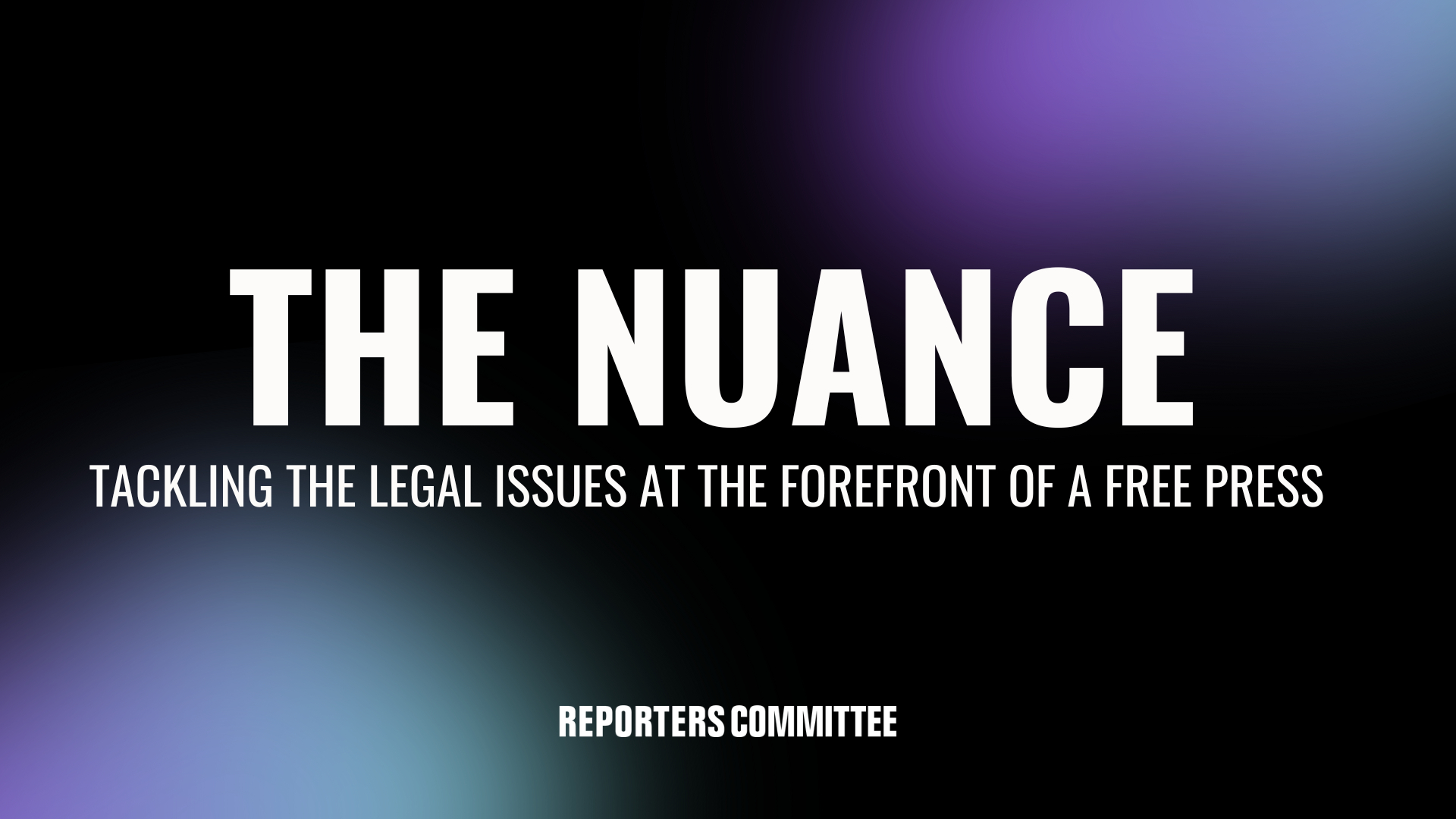With weeks to go, Supreme Court mulls major First Amendment questions

If the U.S. Supreme Court’s current term ended tomorrow, its decisions in Gonzalez v. Google and Twitter v. Taamneh would suffice to call this year an important one for free speech, if mostly in the sense that the justices declined to rock the boat when it comes to the free flow of information online. But as the Court approaches the final weeks of the term, still sitting on its docket are major First Amendment cases that, together, could significantly reshape the law.
The Supreme Court’s term typically runs until the end of June, or, in the event of an unusual pileup of unfinished opinions, into July. As Empirical SCOTUS’s Adam Feldman has tracked, the justices have been unusually slow to issue their decisions this term — albeit a touch faster than last year — and the court still has roughly two dozen opinions to wrap up by the end of the month. That tally includes closely watched blockbuster arguments over affirmative action and student loan cancellation, as well as three more of the cases the court heard this term related to free speech. (The justices unanimously resolved the term’s other pending First Amendment case, on trademark infringement and parody chew toys, last week. That one’s a bit outside our wheelhouse.)
Two of the outstanding cases — United States v. Hansen and Counterman v. Colorado — are already familiar to readers of this newsletter. Hansen addresses whether the federal bar on encouraging unlawful immigration chills too much protected speech, while Counterman asks whether a speaker can be prosecuted for making “true threats” without proof that they subjectively intended to threaten the listener. Both cases have significant implications for journalists, as we highlighted in friend-of-the-court briefs that were raised during the oral arguments.
In Counterman, the justices seem likely to adopt strong safeguards for the First Amendment rights of good-faith speakers. The Hansen argument was more challenging to read, with some justices skeptical that the challengers have enough evidence of the statute’s misuse. (We think they very much do, thanks in part to the Reporters Committee’s Freedom of Information Act lawsuit uncovering new details on its use to justify surveilling journalists.)
That these decisions haven’t been released yet doesn’t say much about how challenging the court found the cases; both were argued relatively late in the term. More likely to showcase consequential divisions on the court is 303 Creative LLC v. Elenis, which the justices heard back in December and which presents a First Amendment challenge to public accommodations laws. (The Reporters Committee didn’t file a brief in that matter.)
Taken together, a significant share of First Amendment doctrine is up for renegotiation in these cases. And the justices’ interest in free-speech questions shows no sign of waning next term. Already, the Court has chosen to take up petitions asking how the First Amendment applies to government officials who block their constituents on social media, as well as yet another case where trademark law and free speech collide. But the sleeping giants of the coming term are NetChoice v. Moody and NetChoice v. Paxton, where the justices are waiting to hear the views of the U.S. Department of Justice in closely watched challenges to state laws that limit the editorial freedom of social media platforms. If past practice is any guide, DOJ will likely weigh in sometime this summer so that the justices can consider the cases at its “long conference.”
When it comes to the First Amendment, then, there’s no rest for the wicked, and the righteous don’t need any. Stay tuned for more news on all of these major cases before the month is out.
Like what you’ve read? Sign up to get The Nuance newsletter delivered straight to your inbox!
The Technology and Press Freedom Project at the Reporters Committee for Freedom of the Press uses integrated advocacy — combining the law, policy analysis, and public education — to defend and promote press rights on issues at the intersection of technology and press freedom, such as reporter-source confidentiality protections, electronic surveillance law and policy, and content regulation online and in other media. TPFP is directed by Reporters Committee attorney Gabe Rottman. He works with RCFP Staff Attorney Grayson Clary and Technology and Press Freedom Project Fellow Emily Hockett.